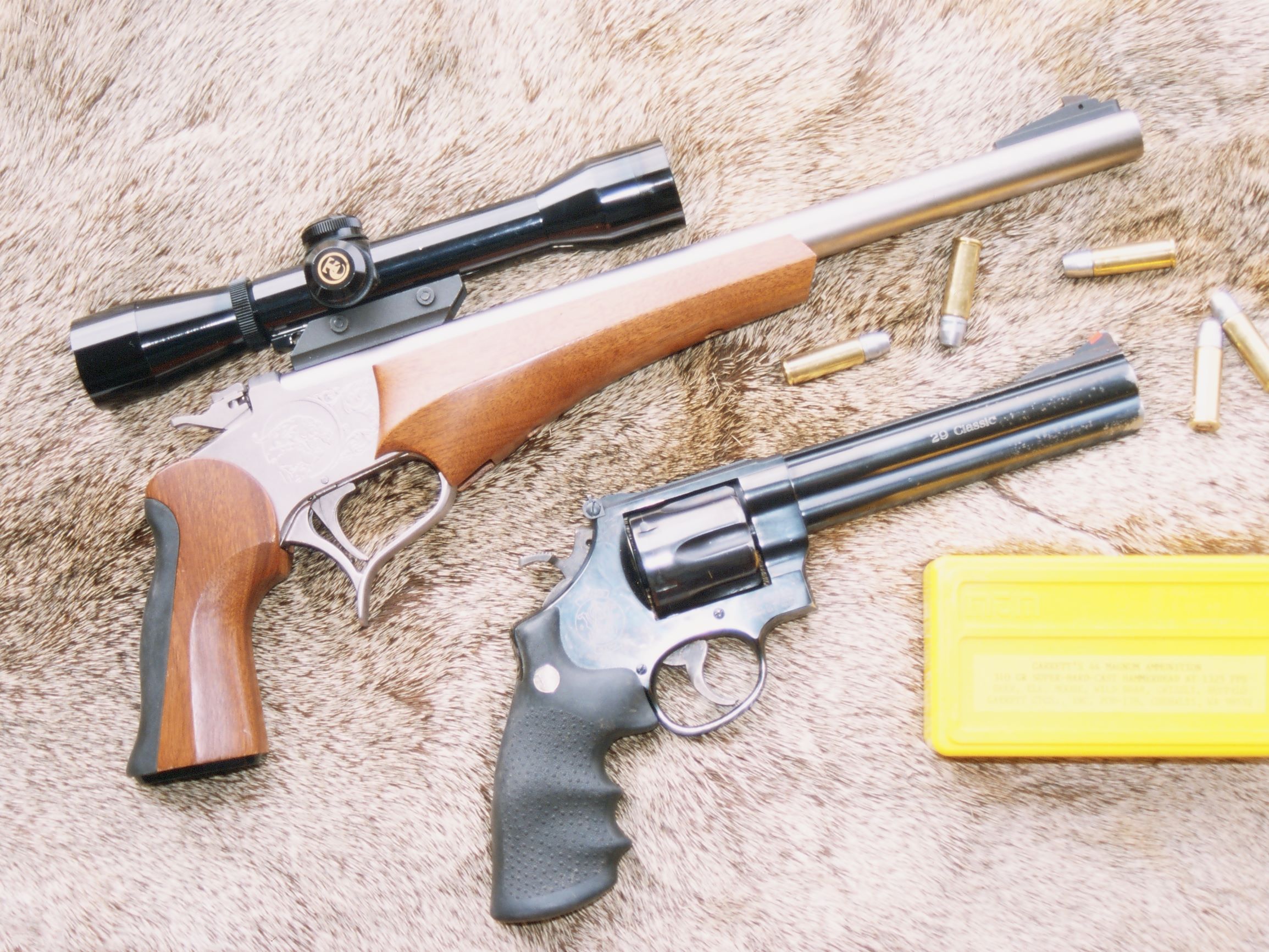

I won’t lie the pistol has quite a bit of kick to it. Like most gun shop sages, I ignored him and found the recoil somewhere between a. When I bought my first Contender barrel in this caliber, the salesman at the counter called me “a f***ing nut” and said he saw someone fire it and break every bone in his hand. It’s capable of taking any animal in North America, from feral hogs and whitetail deer to brown bear, elk, moose, or buffalo.īecause of its power level, many shooters are put off by this caliber in a 14-inch-barreled pistol. 45-70 barrel represents the upper threshold of power for the Contender in a currently produced factory barrel. 45-70 round, either single-shot rolling block or falling block rifles come to mind, or possibly a 19th-century lever-action carbine. Most importantly, Thompson Center Arms still makes these three barrels for the G2 series.45-70 Government 410/.45 Colt.Įach one covers a potential need in most survival scenarios, particularly if you’re looking to hunt your own game. My personal favorite combination for the Contender as a bug-out handgun is the following three 14-inch barrels. The Thompson Center Contender breaks open like an old-school single-shot shotgun. We will not delve into this here, as it doesn’t fit the nature of keeping a battery of several calibers in a small package, but the option is there. Rifle length barrels and a buttstock can be attached to the Contender to give the shooter a single shot rifle.

The older models do have a better trigger than the G2, however. The biggest complaint outside of being a single-shot firearm is having to slap the barrel down to get it to break open at times with the older models. However, even the most accurate barrels and custom frames can still be a bit tight-fitting. This has mostly been eliminated with the newest incarnation of the Contender known as the G2 frame, which debuted in 1998. Your zero is always maintained.īecause there’s a 52-year manufacturing period with small changes here and there, some older barrel and frame combinations may require fitting. Additionally, there’s no need to re-sight the Contender, as the sights or optics are mounted on the barrel. There’s no need to fit, check headspace, or set cylinder gap.
#TC CONTENDER BARRELS USED INSTALL#
Remove the forend with a screwdriver, pop out the hinge pin, remove the barrel, install the new one, replace the hinge pin and the forend, and you’re done. Part of the beauty of a Contender is that you can change calibers in a matter of minutes. 45 Winchester Magnum followed, and the Contender was reborn as a highly accurate long-distance pistol for metallic silhouette shooting and a suitable hunting arm in either rifle or pistol configuration.Īlthough they were never intended or marketed as a “bug-out” gun, it’s a role at which they can excel. By the 1970s, the barrels became round and were offered in rifle calibers such as. They were accurate, but not particularly useful beyond the firing line at the local outdoor range. The barrels were all below 10 inches in length, were octagonal, and represented the lower end of the power spectrum (.22 Jet. When it first debuted in 1967, the Thompson Center Contender was mostly a curiosity. 410 Shotgun/.45 Colt (other calibers available)ġ7.5 inches (as shown with 14-inch barrels) What if you did have one gun that could do it all, or at least get you close to that goal? Thompson Center Contender


 0 kommentar(er)
0 kommentar(er)
